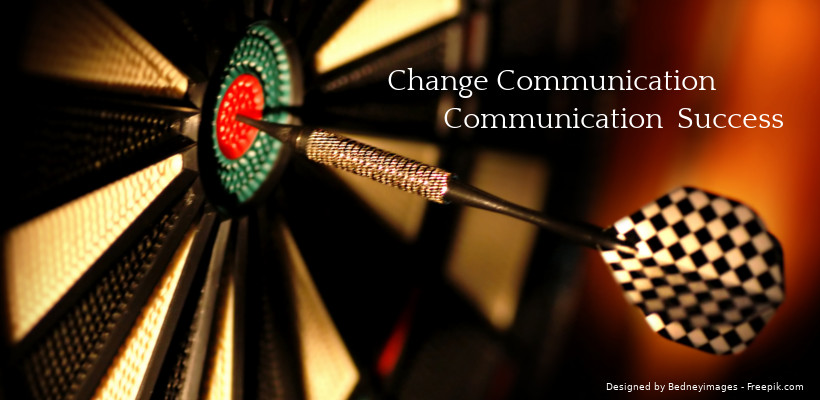
Internal Client (IC): I need internal communication quickly!
Communication Professional (CP): Why?
IC: Because we need to get a memo out from the VP of HR as soon as possible.
CP: Why?
IC: Because I promised her we would send one by Friday.
This scenario can play out a few different ways. When the communication professional says “Yes,” and simply takes the order and delivers the goods, without any thought to purpose; or with the communication professional simply saying, “No,” often resulting in a very frustrated internal client.
What if we changed the conversation? What if we asked critical questions and ensured that our internal clients knew we were on the same team focused on their success?
Here are a few regular statements that are often part of my own conversations:
I’m really excited that you see communication as a solution. What is the problem we are trying to solve?
This helps set the stage for a strategic versus tactical conversation. It also starts the conversation on a positive note and establishes partnership up front. It’s good to gently push back when the problem seems to focus on checking a box to say it’s simply done versus done purposefully and effectively.
Is there something we are trying to achieve with communication? What does success look like?
Establishing goals and objectives…the real ones that are outcome focused, not simply output focused will give you greater insight on messaging required and the communication vehicles that will help achieve goals. It also allows for deeper conversation on your audience. If an internal client can’t articulate success, I ask them to think of what we want our audience to be AWARE of, UNDERSTAND, DO, and BELIEVE.
My job is to make sure you are successful in achieving your goal? You’ve come to me with a specific ask but what if it isn’t the communication solution that will lead to success? Let’s begin with our objective and identify the right communication solution for you.
This often helps us take a step back from the tactic that we’ve been approached with and opens up the conversation to possibilities. What’s important is that everything is written down and then measured so that internal clients have a record of success and learning from what worked and what didn’t.
Do you know that (memo, newsletter, email, blog etc…) that comes every day from (insert any department/leader)? Do you read it regularly? Let’s work together to make sure your communication isn’t destined to be ignored.
When everything else fails, this one usually wins. When your internal client can relate to another communication that they ignore, they often don’t want their name to be associated with a similar failure. I’d also talk about successful communication so that my internal client had positive examples of communication results achieved.
Whether you are a business leader or communication professional, it’s important to use communication to positively impact a business outcome. By changing the conversation, we can use the power of communication to influence knowledge, beliefs and behaviour and impact results.
What are your strategies for changing the conversation?
If you found this post helpful, you’ll also enjoy our newsletter. It’s a monthly collection of ideas, resources, and inspiration for those passionate about enabling, engaging and empowering employees through strategic internal communication.